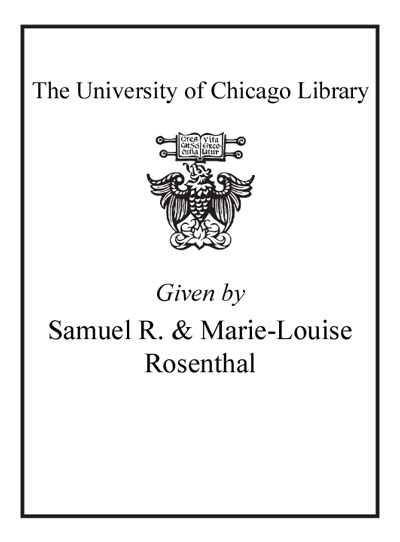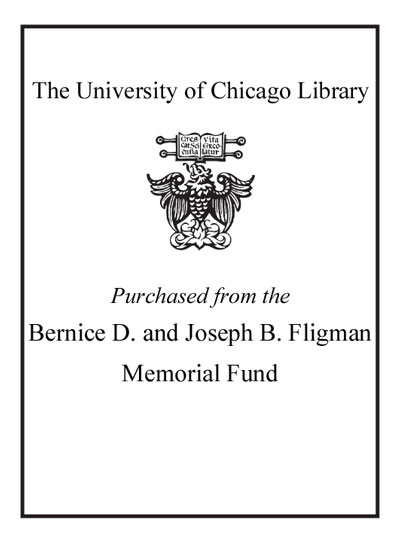Review by Choice Review
A model of careful analysis and thoughtful interpretation, this specialized study of Holy Week rituals during Spain's Golden Age is an intellectual hybrid. Neither wholly art nor wholly cultural history, this book is informed by the protocols of performance studies and reception theory. In describing the rituals of the penitential confraternities--secular associations relatively free from ecclesiastical oversight and regulation--Webster extrapolates both from current practices that she has observed and from paintings, graphics, and archival materials to develop an account of this theater of the street. Employing both polychromed, costumed sculptures for sacred personages and live actors to undertake the roles of Romans and Jews, these rituals sometimes take the form of historical tableaux-vivants and, on other occasions, the holy effigies are accompanied by penitential flagellants. Perhaps the most daring, and controversial, aspect of this study is Webster's attempt to re-create the emotional environment of audience reception of these rituals. Citing 16th- and 17th-century sources ranging from Cervantes to certain ecclesiastics, Webster claims that personal expiation for sin (penitence) was one of the principal goals of these processional reenactments of the Passion. Animated outpourings of emotion, especially compassion, also accompanied these ritualized displays. General readers; undergraduates through faculty. R. L. McGrath Dartmouth College
Copyright American Library Association, used with permission.
Review by Choice Review


